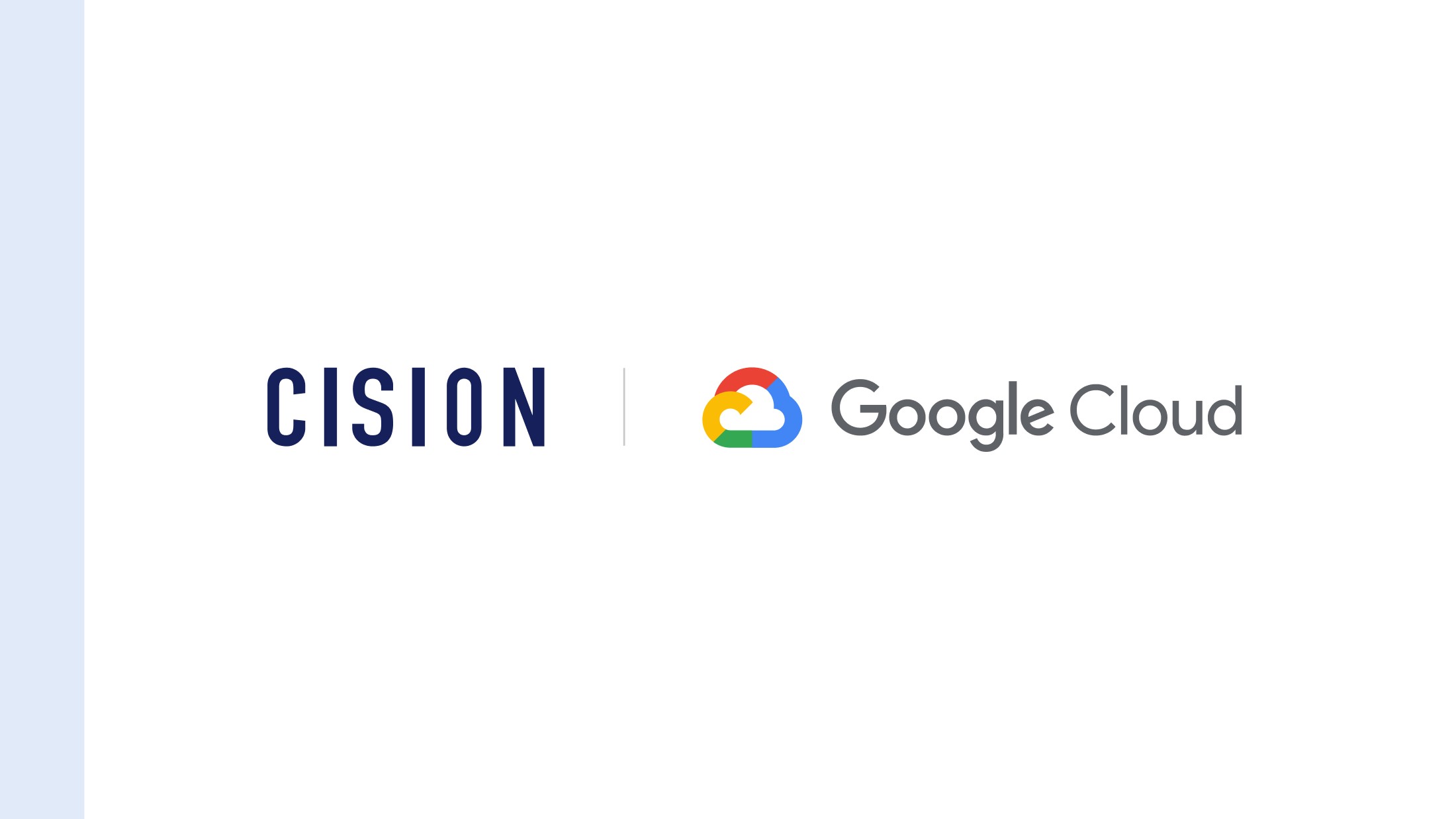It might sound shocking, but many marketers have shut out or deprioritized up to 73 million potential customers. Who are these unicorn consumers who represent 70% of the total addressable market? Baby Boomers. And for many companies, they’ve been relegated to the back burner in favor of a younger demographic. Why? Perhaps because they’re known for being fiercely brand loyal and rather unmovable, which has made them tough nuts to crack — until now, that is.
Traditionally, Boomers skewed more toward buying only products and services they’re familiar with, in person. Yet amid a pandemic, they rapidly pivoted to safely making contact-free purchases via e-commerce portals. In the process, they became remarkably brand agnostic, as many of their favorite products weren’t available in the earliest days of government shutdowns. So they tried the competition’s offerings — and many liked what they discovered.
These realizations should be music to marketers’ ears. They affirm that age-old mantra that anything is possible, and that includes winning over classically stalwart “silver set” consumers.
Rethinking Marketing to Baby Boomers
Of course, this newfound openness among Boomers to trying new things is a double-edged sword. While you have the unique chance to woo new customers, you also have to retain the Boomers already in your database.
Your competitors are just as aware that Boomers are up for grabs — and they’re going to follow the money trail by coming after your patrons. Just take Amazon, which has emerged as the No. 1 brand among U.S. Boomers for providing better prices and more convenient services than many brick-and-mortar stores.
With this in mind, savvy companies should map out thoughtful, empathetic marketing campaigns focused on retaining this crucial customer segment.
This doesn’t mean you should drop everything and concentrate solely on Boomers. Marketing to Boomers might not even make sense for your brand depending on who you are and what you offer. If you’re selling hip clothes, for instance, it’d probably be best to keep your marketing efforts directed toward the younger generations that are more open to it.
But if your brand, product or service is appropriate for a more multigenerational audience and you haven’t been as focused on Boomers, it’s time to switch things up. It bears repeating that after stimulus checks and savings are exhausted, Baby Boomers will still have the most disposable income, making them an excellent play in your quest toward building a lasting, loyal customer base.
As you start prioritizing agile marketing strategies, you still need to address all target cadres, from Generation Z on up (and experiment with your messaging if you haven’t already). Remember: It’s fine to build equity and awareness with younger people, but Boomers are the ones who have the most disposable income to shop immediately.
To be sure, serving all generations to keep your lead generation pipeline fresh and flowing is a big task — especially as you’re recovering from the pandemic’s economic aftershocks. But building cash flow, growing sales and boosting your customer base don’t have to be insurmountable tasks. You just have to understand that adding Boomer-friendly messaging, imaging and content could be your key to a decidedly faster recovery.
Marketing During a Pandemic: 3 Ways to Make It Multigenerational
Keep the following tips in mind during your marketing department’s next strategic planning session. Each one will help you drive interest from Boomers without breaking your budget or alienating other key generational cohorts:
- Approach marketing from an omnichannel perspective. When you want to meet the various demands of consumers at different life stages, nothing beats a multichannel approach. This means Facebook, digital retargeting and even direct mail should be added to your channel blend if they aren’t there already.
Why direct mail marketing in particular? The openness to receiving delivered mail skyrocketed right as the pandemic made us more isolated than ever before. Case in point: An April 2020 USPS survey found that 60% of adults felt a card was more meaningful than an email, and a separate study from Valassis study found that nearly one-third of consumers eagerly consider the mailbox promotions they receive.
Distributing your brand advertising across numerous platforms (both online and offline) increases your chances of being seen and heard by boosting the number of times and places consumers will interact with your company.
- Offer a range of buying options. One of the biggest consumer frustrations is not being able to buy when, where and how you want. Remove this barrier to improve your share of the market by offering up as many buying choices as you can. These might include online buying, in-store buying or the pandemic marketing rising star called “buy online, pick up in-store” (or BOPIS, for short).
Being flexible with where each point of sale happens might be critical in getting or keeping customers across every demographic. After all, every generation values brands that offer up convenient and connected online and in-store experiences. Therefore, you’d be wise to make it easy and safe for people to become customers, no matter their preferences.
- Create incredibly genuine marketing.Don’t think that just by adding gray-haired models to your website or mailed flyers that you’ll appeal to folks in an older age bracket. Baby Boomers can spot false advertising a mile away, so get to know what the Boomer audience is talking about and communicate in a truly helpful way.
Additionally, your communications must remain authentic across the board. Consider engaging in focus group studies to find out what Boomers need to know before they switch brands or make purchases, for instance. By figuring out what their preferred value-add is, you’ll be able to construct appropriate creative. And don’t fall into the trap of FOMO, or “fear of marketing older.” You can still be a hip and happening brand, even if you solicit sales from more seasoned folks.
Bottom line: When you’re just revving up and moving into post-pandemic recovery mode, you can’t afford to overlook any opportunities to bring new fans aboard. At the same time, you need to keep your steady champions happy. Don’t forget that simply because Baby Boomers aren’t making headlines doesn’t mean they’re not making purchases. They are — and they’re willing to give your business a chance. You just need to ask.







